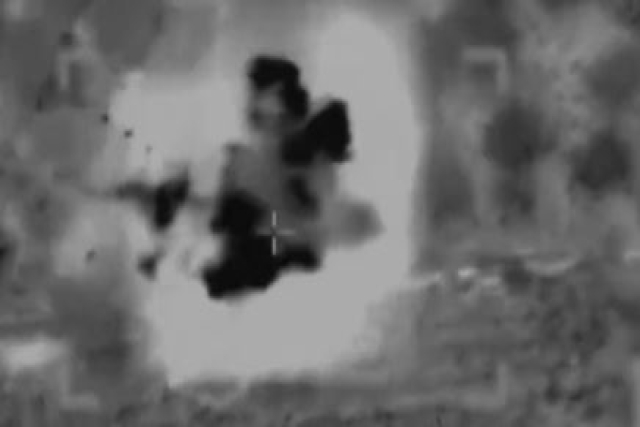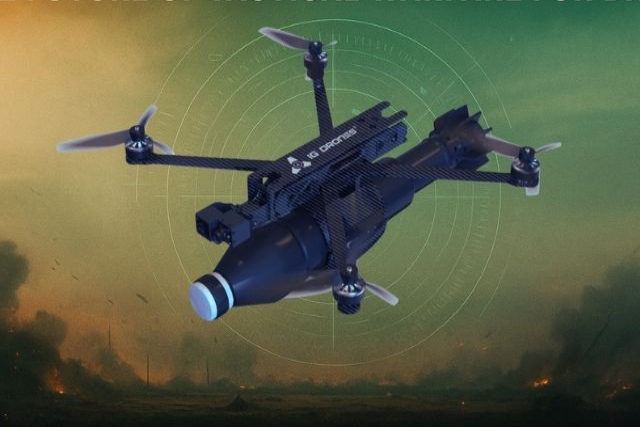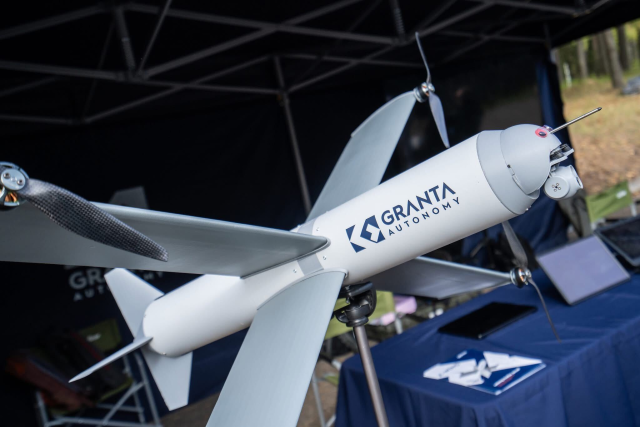How Hamas Paramotors Penetrated Israel

In the 'Aqsa Flood' operation launched on October 7, Hamas used paramotors that went undetected by Israeli security, leading to devastating consequences.
Hamas militants managed to breach Israeli borders by using paramotors, catching the Israeli security forces off guard. The inability to detect these unconventional aircraft has raised concerns and initiated a debate on Israel's preparedness for such threats. Analysts have highlighted the need for enhanced electro-optical and radar infrastructure, as well as a robust command-control system to detect paramotors effectively. Despite Israel's capability to produce and export such systems, they were evidently lacking in the border areas.
Weapons that detect paramotors
Interestingly, the use of paramotors for attacks is not a new phenomenon. Even in other regions like Turkey, organizations such as PKK/YPG have utilized paramotors for infiltrations from neighboring countries. There are systems capable of detecting paramotors, even at significant distances.
One of these systems is the "Retinar FAR-AD Drone Detection Radar," developed by Meteksan Defense. This radar, designed specifically for drone detection, possesses the unique ability to identify not only drones but also humans and paramotors from a distance of 9.3 kilometers. Recent tests demonstrated its effectiveness in detecting paramotors from approximately 8 kilometers away while accurately distinguishing between birds, drones, and paramotors.
Differentiating between animals and humans or birds and aircraft has historically posed challenges for environmental surveillance radars. Systems like the Retinar FAR-AD, when integrated with various electro-optical and acoustic sensors and a command-control system, can enhance the detection and classification of paramotor threats.
According to open source information, the Retinar FAR-AD radar is actively used by Turkish security units, showcasing its practical application in addressing the growing concerns associated with paramotor-based attacks.













